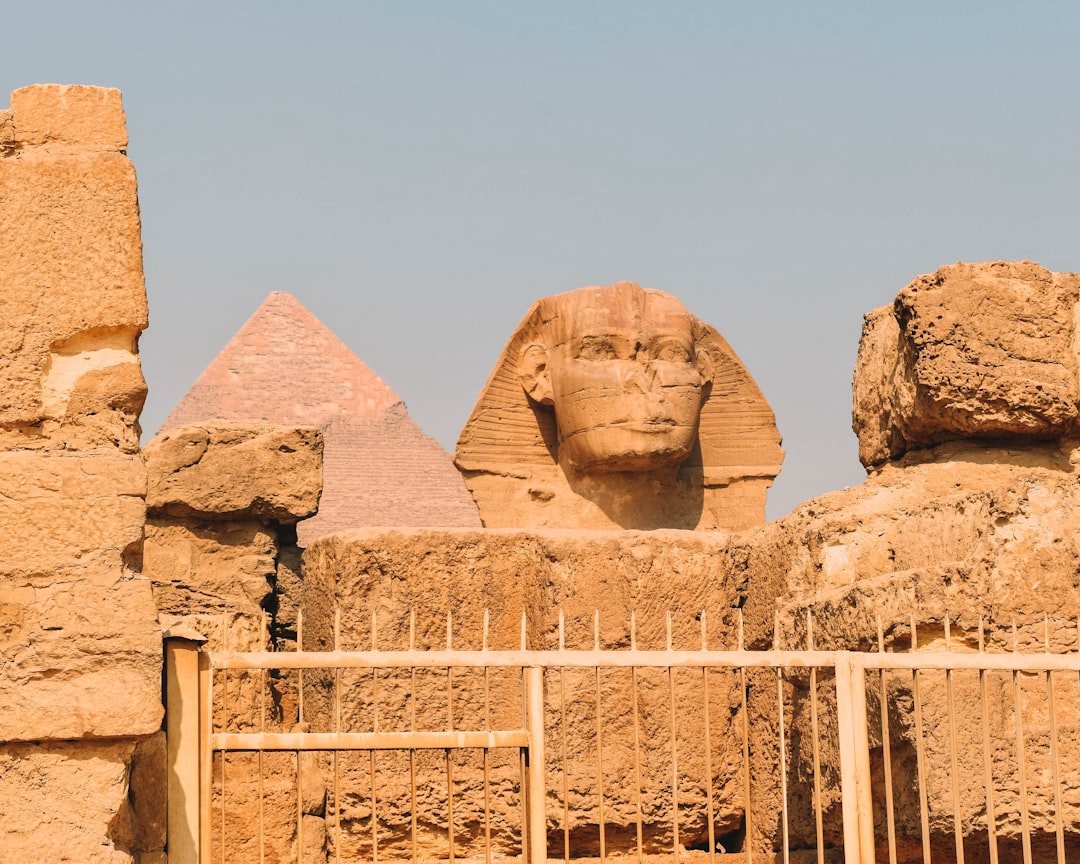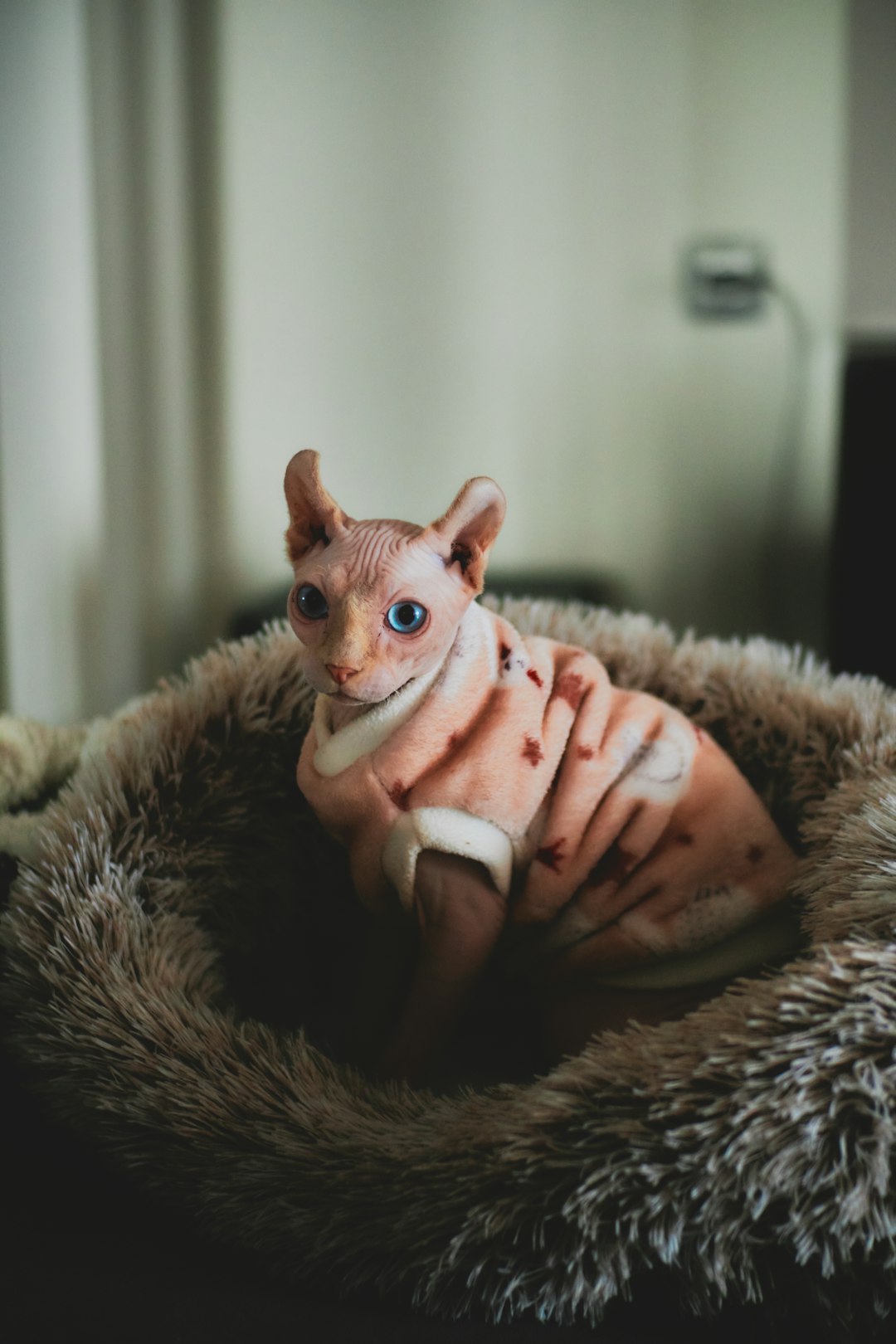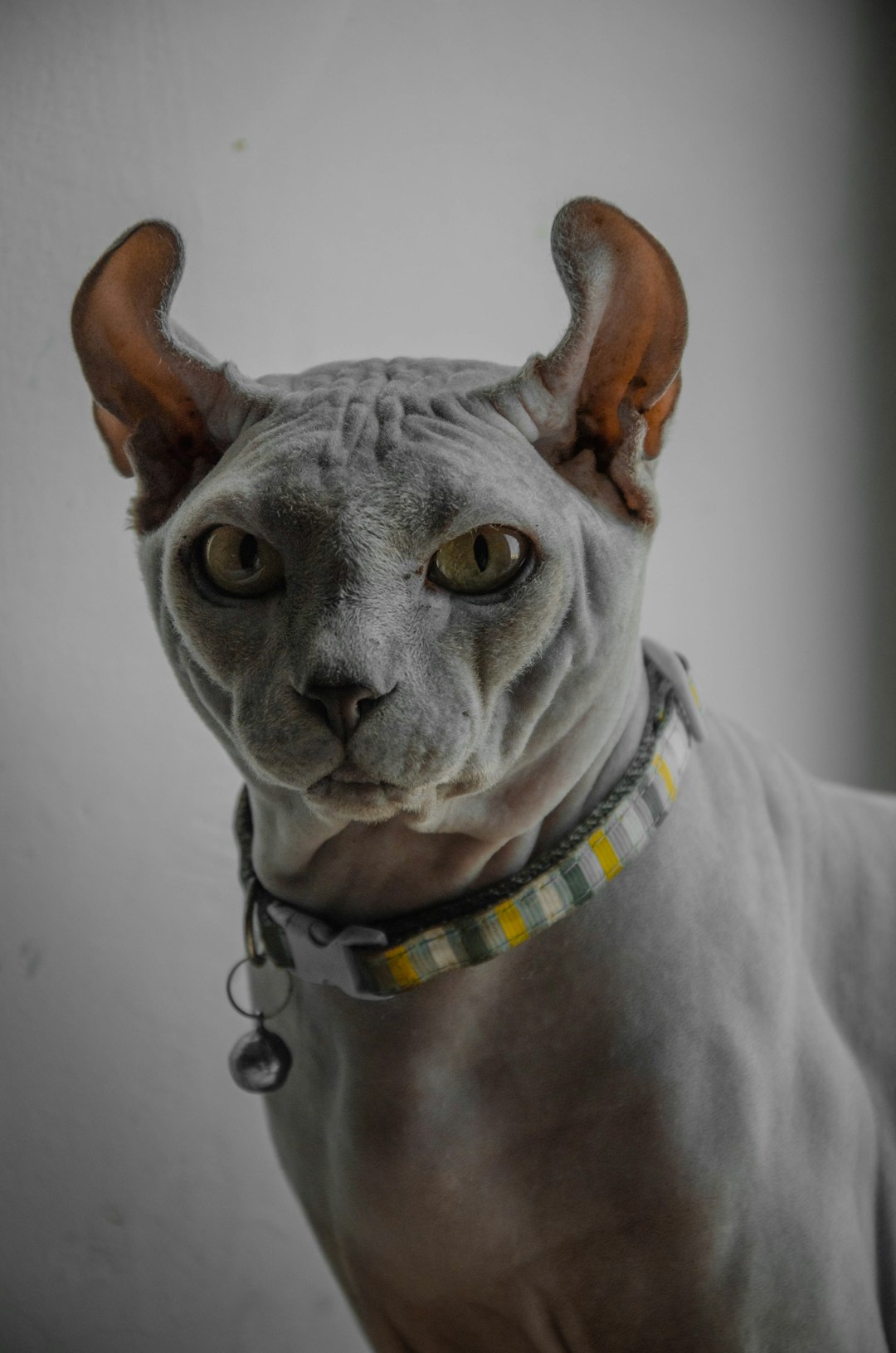Every cat owner wonders about their furry friend’s growth journey, especially when pondering the question: when do cats stop growing? Understanding the key milestones in feline development can provide valuable insights into their health and needs. From the rapid changes in kittenhood to the distinct phases on the path to adulthood, recognizing these stages helps ensure you meet their nutritional and care requirements. Additionally, various breeds exhibit different growth rates, meaning that each cat’s journey may differ significantly. Let’s explore these fascinating developments in the life of your cat.
Understanding Feline Growth Stages
Feline growth occurs in distinct stages, each contributing to the overall development of your cat. Understanding these stages is crucial for ensuring your pet thrives. Here’s a breakdown of the key phases:
Neonatal Stage (0-2 weeks): Kittens are born blind and deaf, relying heavily on their mother. They gain weight quickly during this period.
Transitional Stage (2-4 weeks): Vision and hearing start to develop. Kittens begin to explore their surroundings and interact with littermates.
Socialization Stage (4-9 weeks): Kittens become more playful and start learning important social skills from their mother and siblings.
Juvenile Stage (9 weeks to 6 months): Rapid growth occurs during this stage. Kittens are energetic, curious, and require socialization and training.
Adolescent Stage (6 months to 2 years): This is when most growth occurs. Owners often wonder when do cats stop growing. By around 12-18 months, most cats reach their full size, though larger breeds may take a bit longer.
Familiarizing yourself with these stages helps you provide the appropriate care and nutrition at each phase. Monitor growth closely to ensure a healthy transition into adulthood.
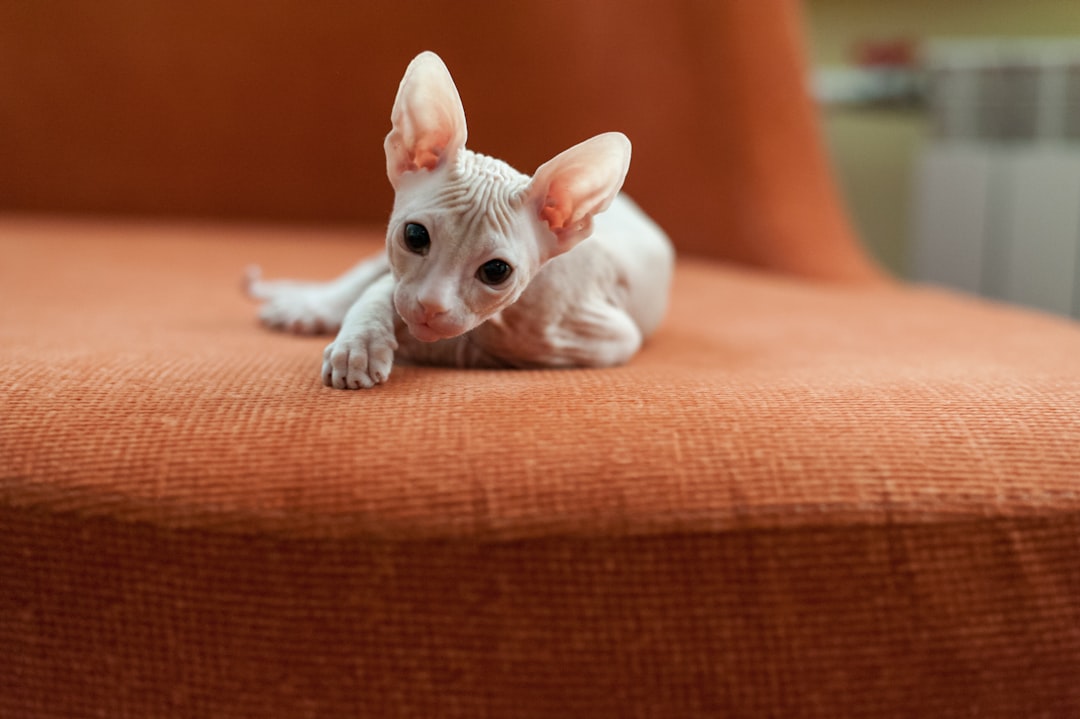
Key Milestones in Kitten Development
Kittens undergo rapid development during their first year, with several crucial milestones marking their growth. Understanding these key stages helps cat owners know when to expect certain behaviors and physical changes. Here’s a brief overview:
- Birth to 2 Weeks: At this stage, kittens primarily sleep and feed. They rely entirely on their mother for nourishment and warmth.
- 2 to 4 Weeks: Kittens begin to open their eyes and ears. They start to crawl and explore their surroundings, showcasing increased mobility.
- 4 to 8 Weeks: This period sees significant growth in their social skills. Kittens start to play, engage with littermates, and learn important social behaviors.
- 8 to 12 Weeks: By this time, kittens start to eat solid food and may be ready for adoption. Their personalities begin to emerge, becoming more active and curious.
- 3 to 6 Months: This is a critical growth phase when kittens develop rapidly. They experience a surge in height and weight, learning to use a litter box and interact with their environment.
- 6 to 12 Months: Kittens approach adulthood. They begin to settle down and develop more defined personalities, giving owners a glimpse of their future behavior.
So, when do cats stop growing? Typically, most cats reach their full size by around 12 months, but certain breeds may continue to grow for up to 18 months. Understanding these milestones ensures you provide the proper care and environment for your growing feline.
The Impact of Breed on Growth Rates
When considering when do cats stop growing, breed plays a crucial role in determining growth rates and sizes. Different breeds exhibit unique growth patterns and timelines. Here’s a quick overview:
| Breed | Average Growth Duration | Full Size Weight |
|---|---|---|
| Sphynx | 6-12 months | 6-12 lbs |
| Maine Coon | 3-5 years | 10-25 lbs |
| Siamese | 10-12 months | 6-14 lbs |
| Bengal | 12-18 months | 8-15 lbs |
| Persian | 9-12 months | 7-12 lbs |
Key Points:
- Large vs. Small Breeds: Larger breeds, like the Maine Coon, may take longer to reach maturity than smaller breeds, such as the Siamese.
- Growth Rate Variation: Some breeds experience rapid growth early, while others have a more gradual increase in size.
- Final Size: On average, most cats stop growing by 1 year; however, monitor larger breeds until they’re 3-5 years old.
In conclusion, when do cats stop growing significantly differs among breeds, making it essential for owners to be aware of their cat’s specific needs.
Signs Your Cat is Nearing Adulthood
As a cat matures, several clear signs indicate it’s approaching adulthood. Knowing these indicators can help you understand when do cats stop growing and what to expect during this transition. Here are some key signs to look for:
Physical Development: Cats typically gain weight and muscle mass during this stage. You may notice a more defined body shape and less kitten-like fluffiness.
Behavioral Changes: Adult cats often exhibit calmer and more independent behavior compared to their playful kitten counterparts. Look for:
- Reduced energy levels
- Less frequent playtime
- Increased grooming and self-care habits
Sexual Maturity: Most cats reach sexual maturity between 5 to 12 months. Marked changes may include:
- Vocalization (especially in females)
- Spraying or marking territory (in males)
Eating Habits: You may observe a shift in your cat’s dietary preferences. Adult cats generally require a different nutrient balance.
Understanding these signs helps determine when do cats stop growing and prepares you for the exciting journey of pet parenthood as your feline friend becomes an adult!
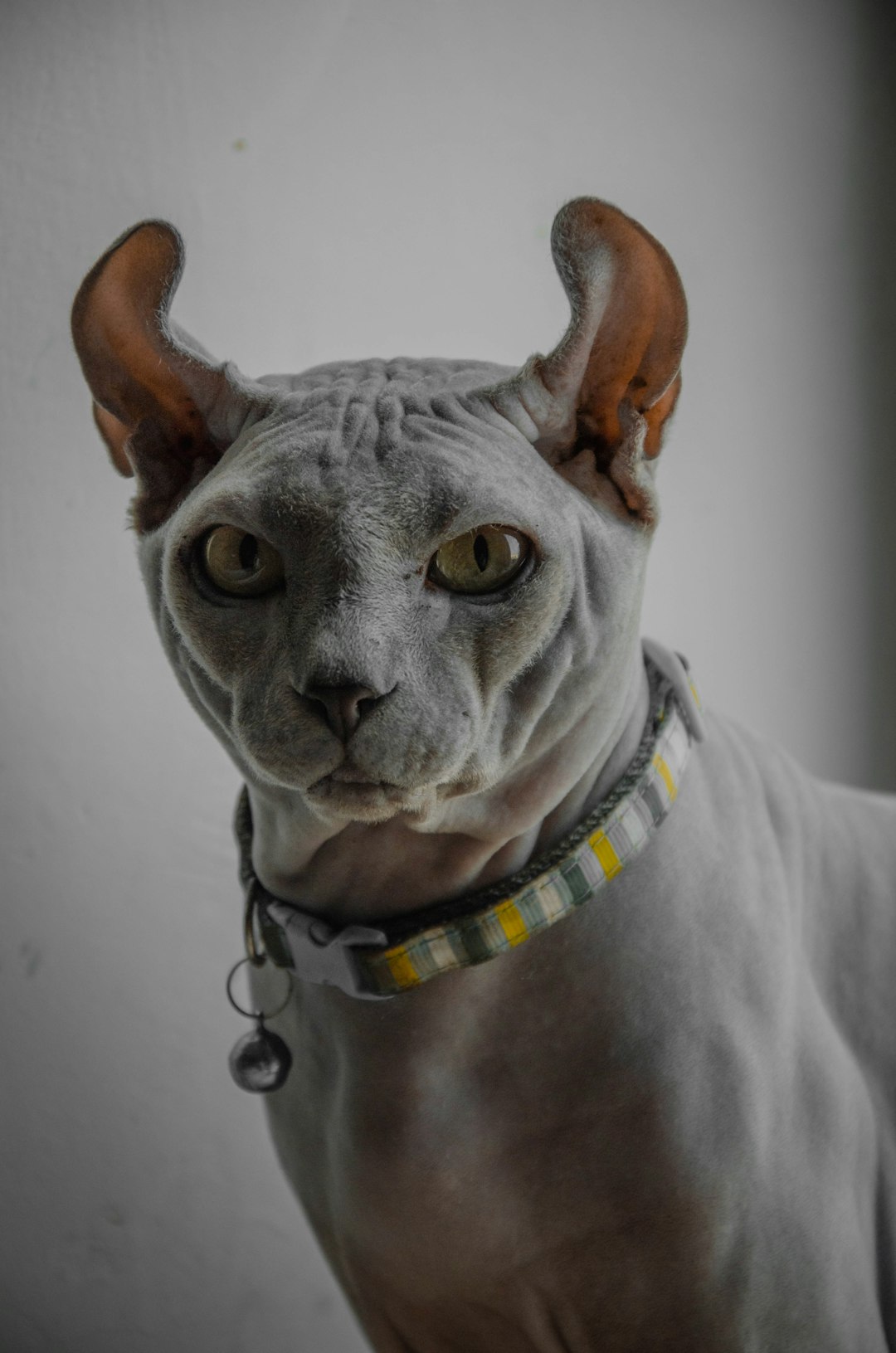
Nutritional Needs During Growth Phases
When considering when do cats stop growing, it’s crucial to focus on their nutritional needs throughout various development stages. Proper nutrition supports healthy growth and development, helping your feline friend reach their full potential.
Key Nutritional Aspects:
High-Quality Protein: Essential for muscle development, young cats require more protein than adult cats. Look for cat food containing at least 30-40% protein.
Balanced Fat Content: Fats provide a concentrated energy source. Kittens need healthy fats to support growth, so ensure their diet includes omega-3 and omega-6 fatty acids.
Vitamins and Minerals: Nutrients like calcium and phosphorus are vital for bone growth. Consider foods formulated specifically for kittens, which usually have the right balance of these minerals.
Hydration: Ensure your cat has access to fresh water at all times. Proper hydration is crucial for digestion and overall health.
Growth Phase Breakdown:
| Age Range | Nutritional Focus |
|---|---|
| 0-4 weeks | Mother’s milk or kitten formula |
| 4-12 weeks | High-quality kitten food |
| 3-6 months | Transition to adult formula starts |
| 6 months+ | Gradually shift to adult nutrition |
By addressing these nutritional needs, you help your cat thrive up to the point of knowing when do cats stop growing. Proper dietary choices contribute to a healthy, happy feline.
Common Growth-Related Health Concerns
When do cats stop growing? Understanding this crucial aspect of feline development can help you identify and address potential health issues during their growth phases. Here are some common growth-related concerns:
- Obesity: Rapid growth can lead to overeating, especially in breeds predisposed to weight gain. Monitor your cat’s diet and activity to maintain a healthy weight.
- Hip Dysplasia: Larger breeds may be more susceptible to hip dysplasia, a condition that can cause joint pain and mobility issues. Regular check-ups help spot this early.
- Dental Problems: As kittens grow, their teeth transition. Ensure your cat receives proper dental care to avoid overcrowded or misaligned teeth.
Other potential concerns include:
| Concern | Age of Recognition | Recommended Action |
|---|---|---|
| Growth hormone imbalances | 6-12 months | Consult a vet for hormone testing |
| Joint health issues | Early adulthood | Regular vet checks & weight management |
Recognizing these issues early increases the chances of effective intervention. Thus, paying attention to your cat’s growth journey is essential. Ultimately, knowing when do cats stop growing not only helps track their size but also their overall health and well-being.
When Cats Typically Reach Full Size
Understanding when cats stop growing is vital for any cat owner. Generally, cats reach their full size by their first birthday, but this can vary based on several factors, including breed and nutrition. Here’s a breakdown of typical growth timelines:
- Kittens (0-6 months): Rapid growth, often doubling their weight in the first few weeks.
- Juvenile (6-12 months): Growth begins to slow down, yet cats still gain muscle and weight.
- Adult (12 months and older): Most domestic cats reach their adult size, although certain breeds, like Maine Coons, may continue growing up to 4-5 years.
| Age Range | Growth Stage | Weight Approximation |
|---|---|---|
| 0-6 months | Kitten | 0.5 – 5 lbs |
| 6-12 months | Juvenile | 5 – 12 lbs |
| 1-2 years | Typically Full Size | 8 – 15 lbs |
| 2-5 years | Mature (breed dependent) | 8 – 25+ lbs |
In summary, many cats typically stop growing around 12 months. However, to fully understand your cat’s growth, always consider its breed and individual health needs.
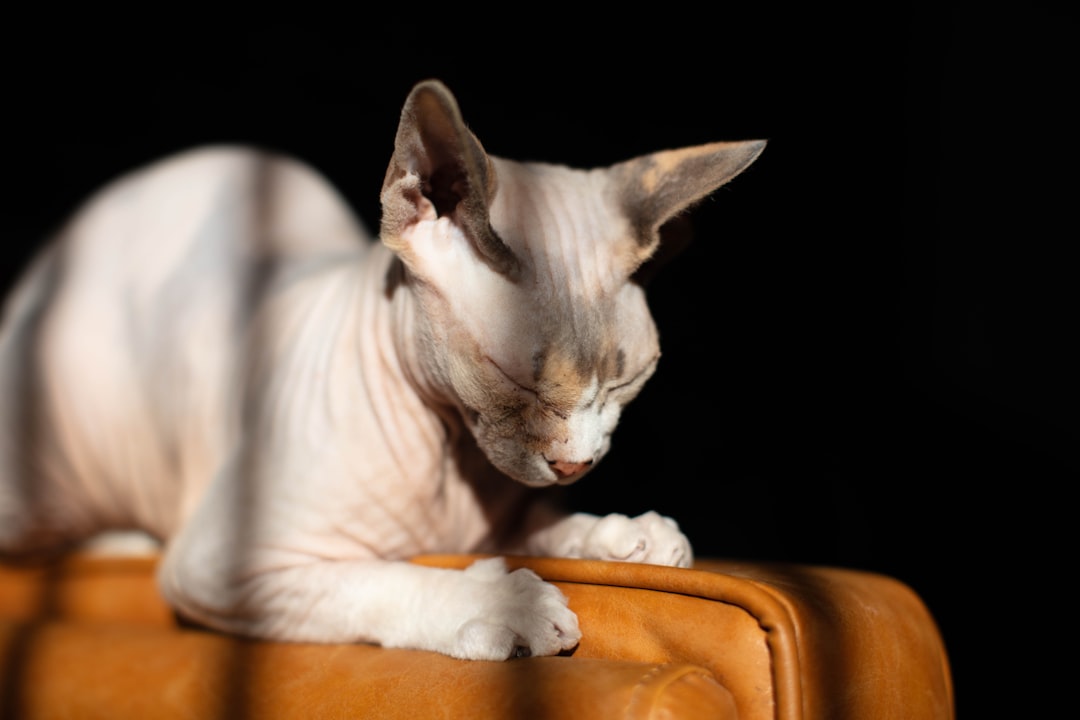
Post-Growth Development and Behavior Changes
Once you understand when do cats stop growing, it becomes essential to observe the behavioral changes that accompany their development into adulthood. Although cats typically reach their full size by around 1 year to 18 months, their personalities and behaviors continue to evolve. Here are some key changes you may notice:
- Increased Independence: Adult cats often become more self-reliant. They may spend more time exploring and less time seeking your constant attention.
- Mature Social Dynamics: Kittens play with their siblings, but adult cats might display more territorial behavior. Expect less playful interaction and more assertive communication.
- Altered Playfulness: You may notice that their play sessions decrease. While kittens are exuberant, adults prefer shorter bursts of activity.
- Shifts in Sleeping Patterns: Adult cats generally require 12-16 hours of sleep per day and may develop new routines around resting.
Additionally, some behavioral shifts indicate their maturity. For instance, adult cats often become more predictable in their routines and may develop specific habits around feeding, grooming, and play. Understanding these changes helps in nurturing a fulfilling relationship with your feline friend as they transition into adulthood.
Frequently Asked Questions
At what age do cats typically reach their full size?
Cats generally reach their full size at around 12 months of age, although some larger breeds like Maine Coons may take up to 18 months to fully mature. During the first few months of life, kittens experience rapid growth, particularly during the initial 6 months when they can gain an average of 1-2 pounds per month. By the end of their first year, most cats have reached their adult height and weight, but they may continue to fill out and gain muscle mass in the following months.
What are the different growth stages of a cat?
Cats undergo several key growth stages throughout their lives. The first stage is the neonatal phase, lasting from birth to two weeks, during which kittens are dependent on their mother’s milk. Then, the transitional stage occurs from two to four weeks, during which kittens begin to open their eyes and explore. The socialization stage follows, from four to nine weeks, when they start engaging with their littermates and humans, learning essential social skills. The growth phase concludes around six months, leading into maturity. Adult cats go on to reach their full size and weight by about one year old, although they continue to develop emotionally and behaviorally throughout their lives.
How can I tell if my cat is still growing?
To determine if your cat is still growing, monitor their weight and height regularly. A significant increase in weight, especially after six months of age, may indicate ongoing growth. You can also observe their physical changes; younger cats tend to have lanky bodies and larger paws compared to their overall size. If your cat’s growth seems to have plateaued and they look proportionate with their adult features, it’s likely they are nearing full maturity. Additionally, consulting with a veterinarian can provide accurate insights into your cat’s growth and development.
Do factors like diet and environment affect a cat’s growth?
Yes, a cat’s diet and environment significantly influence its growth and overall development. A well-balanced diet rich in protein, vitamins, and minerals is essential for proper growth, especially during the kitten stage. Nutritional deficiencies can hinder growth or lead to health issues. Additionally, a safe and stimulating environment encourages healthy psychological development and behavior. Cats with adequate space to exercise and play, as well as social interaction with humans and other pets, typically experience healthier growth patterns compared to those in stress-inducing or confined settings.

